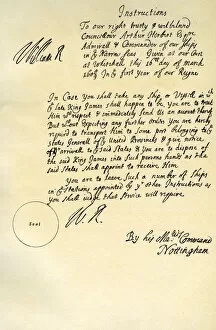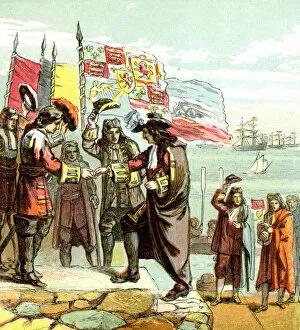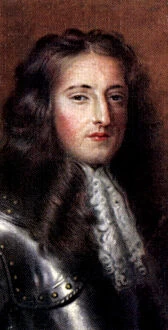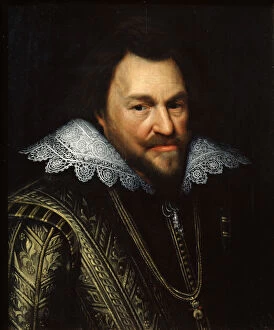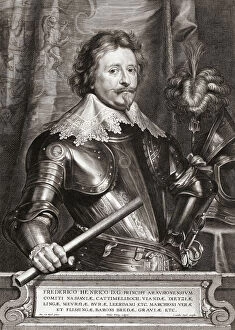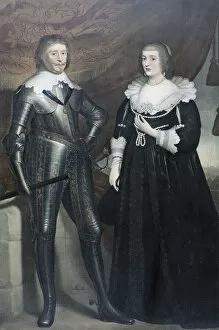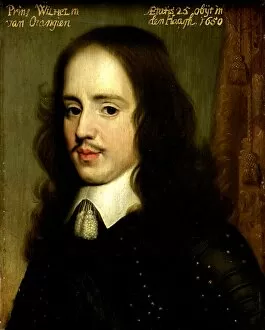Prince Of Orange Collection (page 9)
"Prince of Orange: A Legacy Carved in History" The Prince of Orange, a title held by several influential figures throughout history
All Professionally Made to Order for Quick Shipping
"Prince of Orange: A Legacy Carved in History" The Prince of Orange, a title held by several influential figures throughout history, has left an indelible mark on the annals of time. One such notable figure is William of Orange, whose valorous actions at the Battle of the Boyne in 1668 forever shaped the destiny of nations. Intriguingly captured in an engraving from 1614, we catch a glimpse into the prestigious University of Leiden in the Netherlands. This renowned institution served as a bastion for knowledge and enlightenment during its inception. Delving further into history, we stumble upon "The Orangerie - or - The Dutch Cupid reposing after the fatigues of Planting, " a captivating artwork from 1796. It depicts Dutch culture intertwined with nature's beauty and showcases how even royalty sought solace amidst their duties. Moving forward to another pivotal moment, we encounter an unknown creator's depiction of William III at the Battle of Boyne in 1690. This stirring portrayal immortalizes his leadership and unwavering determination that ultimately led to victory. Venturing beyond borders, war memorials erected on Waterloo's battlefield stand as solemn reminders commemorating lives lost during this historic conflict. These mid-19th-century monuments pay homage to those who fought valiantly under orange banners. Returning to where it all began lies William I, also known as William the Silent or William the Taciturn – a man clad in armor with lace ruffs exuding regal splendor. His image symbolizes strength and resilience against adversity while brandishing flintlock pistols and lead shot beneath his coat-of-arms. Maurice of Orange follows suit but dons a lace ruff collar alongside his suit-of-armour adorned with sashes. An intricate vignette depicting battle accompanies this copperplate engraving by Gerard Valck after Adriaen van der Werff, showcasing the tumultuous times in which he lived.





